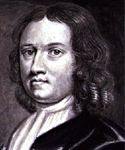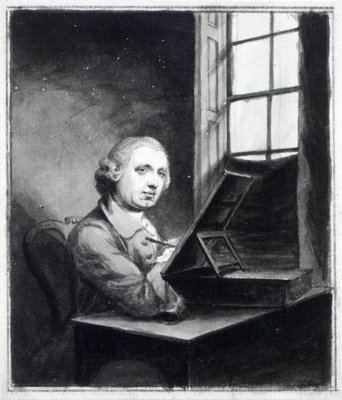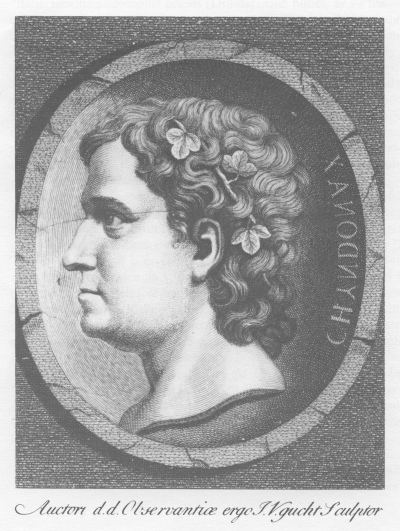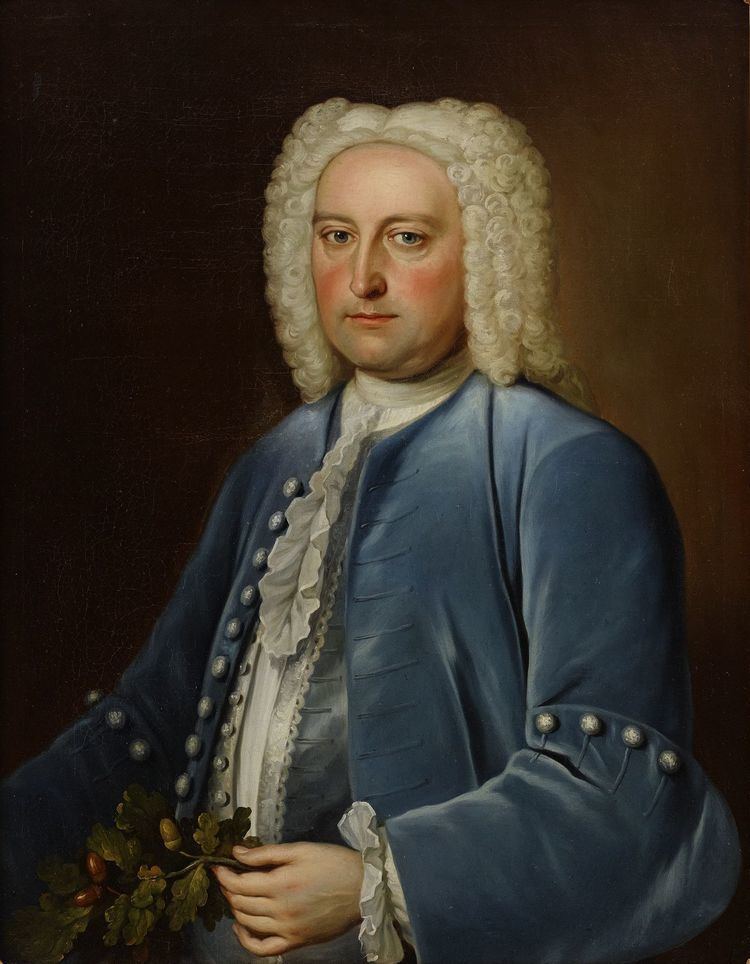Nationality English & British Role Biographer Fields Archaeology | Name William Stukeley Series Eleanor Crosses | |
Alma mater Corpus Christi College, Cambridge Known for StonehengeAveburyIsaac Newton biographyStukeley Plesiosaur Died March 3, 1765, London, United Kingdom Education Corpus Christi College, Cambridge Books Stonehenge, Stonehenge, a Temple Restor'd to the British Druids ; Abury, a Temple of the British Druids | ||
William Stukeley
William Stukeley FRS, FRCP, FSA (7 November 1687 – 3 March 1765) was an Anglican clergyman and English antiquarian who pioneered the archaeological investigation of the prehistoric monuments of Stonehenge and Avebury. He was friends with Isaac Newton and was among Newton's first biographers. Stukeley was also involved with Freemasonry and instrumental in British scholarship's acceptance of Charles Bertram's forged Description of Britain. Despite his Anglican faith and church offices, he was ordained as a "druid" and was a leading figure in Neo-Druidry. Nonetheless, he has been remembered as "probably... the most important of the early forerunners of the discipline of archaeology" for his habit of going out personally to examine and explore ancient sites.
Contents

Life and work

William Stukeley was the son of a lawyer at Holbeach in Lincolnshire on the site of Stukeley Hall, a primary school that now bears his name. After taking his M.B. degree at Corpus Christi College, Cambridge, Stukeley went to London and studied medicine at St Thomas' Hospital. In 1710, he started in practice in Boston, Lincolnshire, becoming a member of Spalding Gentlemen's Society (founded by his friend Maurice Johnson II), before returning in 1717 to London. In the same year, he became a Fellow of the Royal Society and, in 1718, joined in the establishment of the Society of Antiquaries, acting for nine years as its secretary. In 1719 Stukeley took his M.D. degree, and in 1720 became a Fellow of the Royal College of Physicians, publishing in the same year his first contribution to antiquarian literature.

Stukeley was one of the first learned gentlemen to be attracted to speculative Freemasonry, newly fashionable after the appointment of the first noble Grand Master. His Diary and Commonplace Book of 6 June 1721 says "I was made a Freemason at the Salutation Tav., Tavistock Street, with Mr. Collins, Capt. Rowe, who made the famous diving Engine." The same entry says he was the first person for many years who had been so made in London; there was great difficulty in finding sufficient members to perform the Ceremony; and immediately thereafter "Freemasonry took a run and ran itself out of breath through the folly of its members." His diary and papers are among the earliest sources on the subject of the new Grand Lodge.

Stukeley's principal works, elaborate accounts of Stonehenge and Avebury, appeared in 1740 and 1743. These were supposed to be the first of a multi-volume universal history. Stukeley proposed that an ancient patriarchial religion was the original religion of mankind. This had subsequently degenerated as idol-worship had emerged. Stukeley believed that the Druids and the early Christians were examples of this religion. He wrote copiously on other supposed Druid remains, becoming familiarly known as the "Arch-Druid." Stukeley's work on Stonehenge was one of the first to attempt to date the monument. Working with the renowned astronomer Edmund Halley, he proposed that the builders of Stonehenge knew about magnetism, and had aligned the monument with magnetic north. Stukeley used some incomplete data about the variation of the North Magnetic Pole; he extrapolated that it oscillated in a regular pattern. Today it is known that the North Magnetic Pole wanders in an irregular fashion. However, Stukeley inferred that Stonehenge was completed in 460 B.C., which as we now know is several thousand years too late.

In 1729 he took Holy Orders. He became a priest in the Church of England. He went on to hold two livings in Lincolnshire, including that of the parish of All Saints, Stamford (1730–1747), where he did a considerable amount of further research, not least on the town's lost Eleanor Cross. In 1742 he visited the Royston Cave at Royston, Hertfordshire and a year later he published his Palaeographia Britannica or discourses on Antiquities in Britain no.I, Origines Roystonianae, or an account of the Oratory of lady Roisia, Foundress of Royston discovered in Royston in August 1742. Following a response by the Reverend Charles Parkin he penned the sequel: Palaeographia Britannica or discourses on Antiquities in Britain no.II, or defence of Lady de Vere, Foundress of Roiston, against the Calumny of Mr. Parkin, rector of Oxburgh wherein his pretended answer is fully refuted: the former opinion further confirm'd and illustrated. To which are occasionally added, many curios matters in antiquity.

He was subsequently appointed rector, in 1747, of St George the Martyr, Queen Square, a parish in Bloomsbury, London (1747–1765). While there, he carried on a correspondence with Charles Bertram, which ultimately led to the acceptance of the forged Description of Britain as a leading source on Roman Britain for over a century.
Stukeley was a friend of Isaac Newton and wrote a memoir of his life in 1752. This is one of the earliest sources for the story of the falling apple that inspired Newton's formulation of the theory of gravitation.
Following a stroke, he died in his rectory on 3 March 1765.
For many years a literary and historical body called the Brasenose Society flourished at Stamford School (attended by his father and brother) which was named after the eponymous society founded by Stukeley while Vicar of All Saints, Stamford. A street in London's Covent Garden district, near the intersection of High Holborn and Drury Lane, is named after him.
